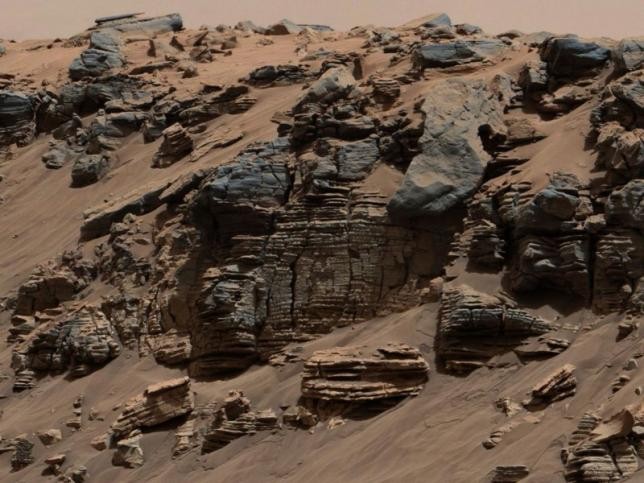Mars has glaciers in its central latitudes at both southern and northern hemispheres, aside from its previously discovered polar ice caps. In a recent study, scientists were able to calculate the ice bodies' sizes and the maximum amount of water it can carry. They, also, discovered that its total amount could cover the entire planet with a meter of ice thickness.
Several satellites are orbiting Mars and based on the captured images by the satellites, researchers have observed that the shape of these glaciers underneath its surface. For quite some time, scientists have not known the ice's composition- if it is in mud, carbon dioxide, or water.
To be able to find the answer to the composition subject, they made use of radar measurements from the Mars Reconnaissance Orbiter of NASA, but utilized the ice flow modelling and radar observations to calculate its thickness.
Nanna Bjornholt Karlsson, in a news release said "We have looked at radar measurements spanning ten years back in time to see how thick the ice is and how it behaves," Niels Bohr Institute wrote. "A glacier is after all a big chunk of ice and it flows and gets a form that tells us something about how soft it is. We then compared this with how glaciers on Earth behave and from that we have been able to make models for the ice flow," he added.
The researchers, in conclusion, calculated the amount of ice on the glaciers and revealed that there is more than 150 billion cubic meters of it. This implied that the glacier is a vital component of the water reservoir of the "red planet."
The results are published in the Geophysical Research Letters journal.



























